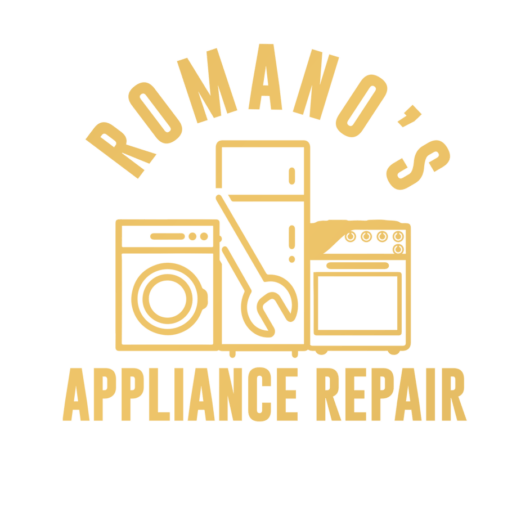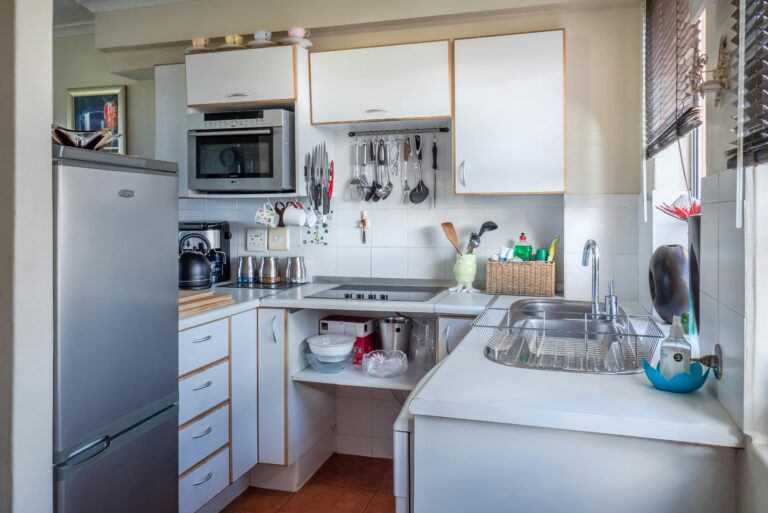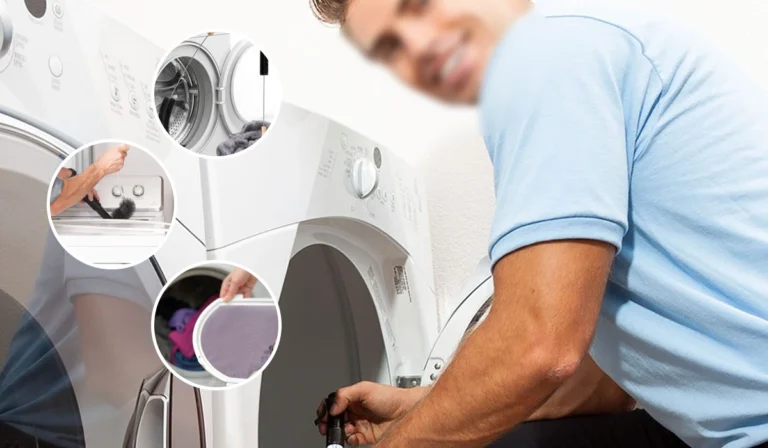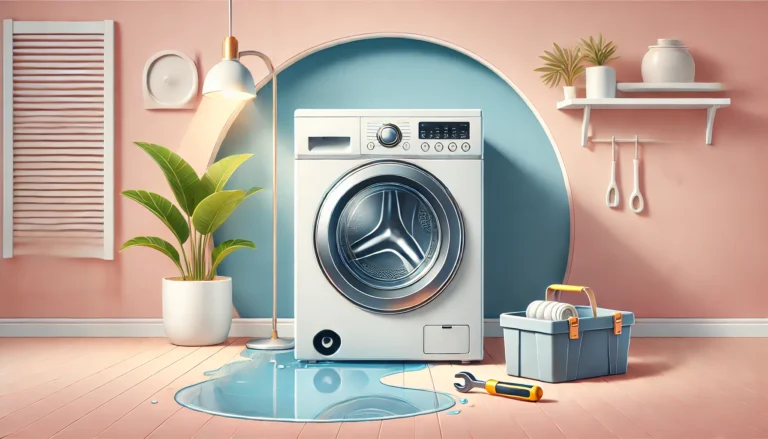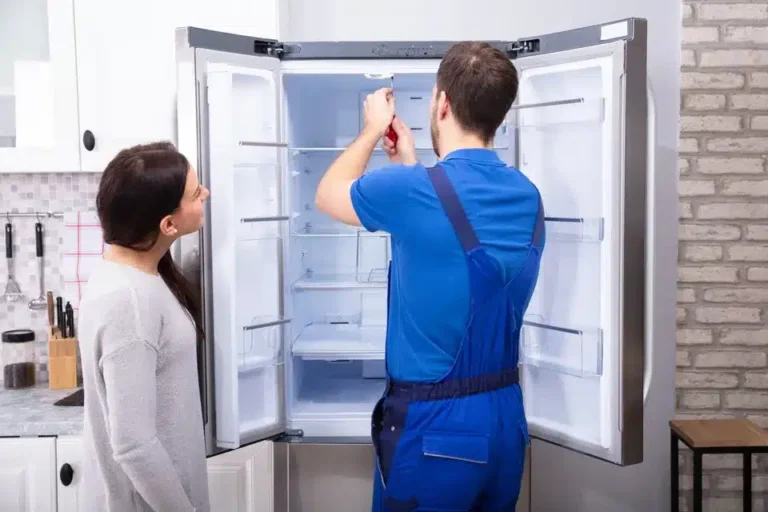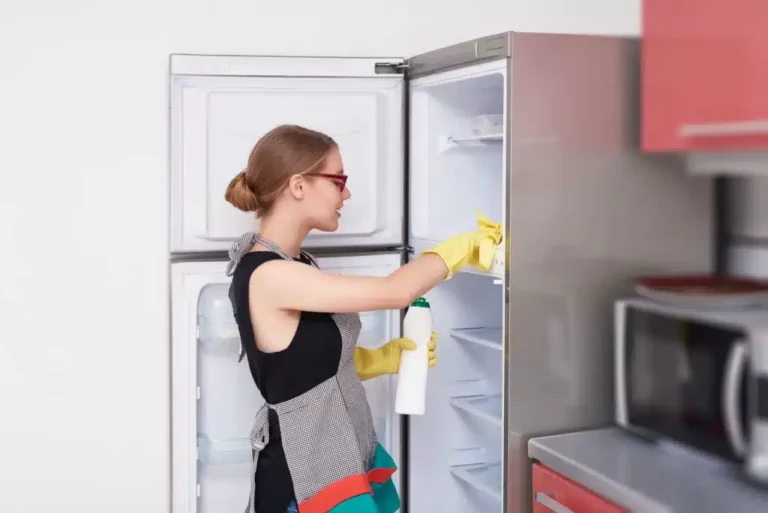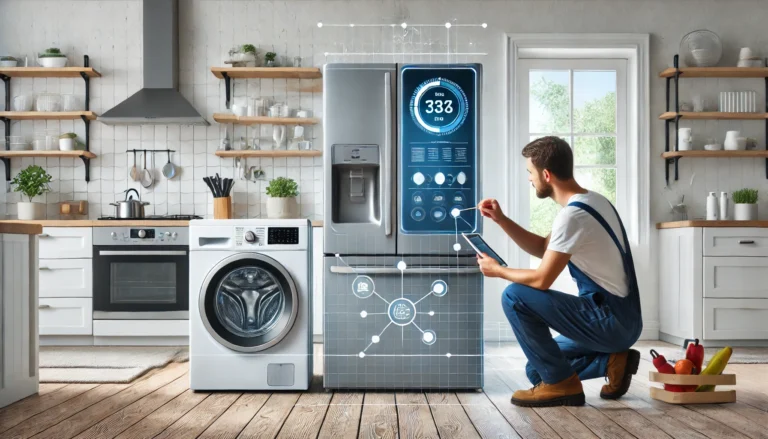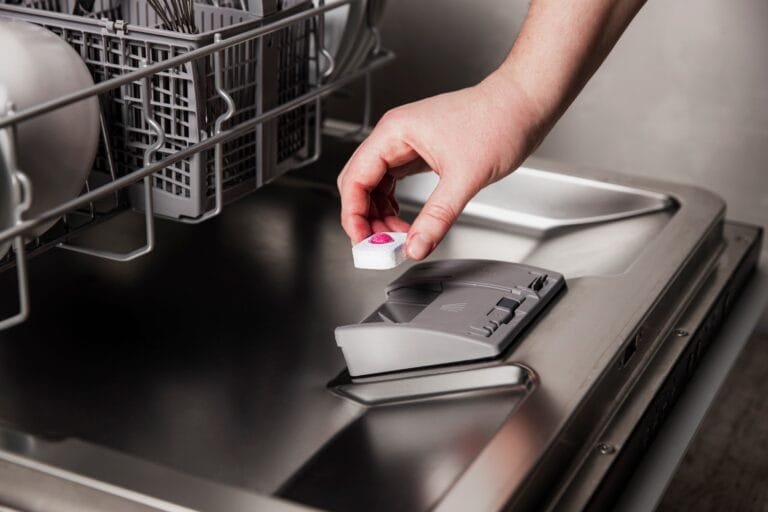
How to Clean the Dishwasher and Improve Its Efficiency: A Step-by-Step Guide
Do you need to clean your dishwasher? The short answer is yes. Your dishwasher works hard to keep your dishes clean, but without regular maintenance, grease, food particles, and mineral buildup can reduce
